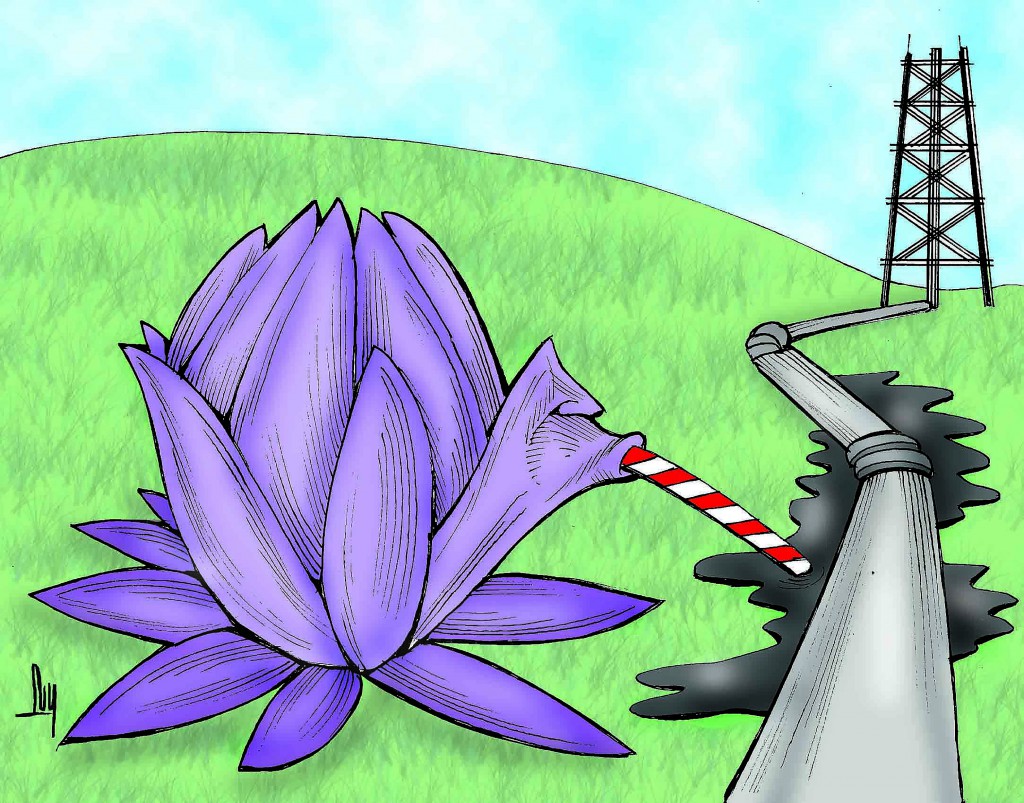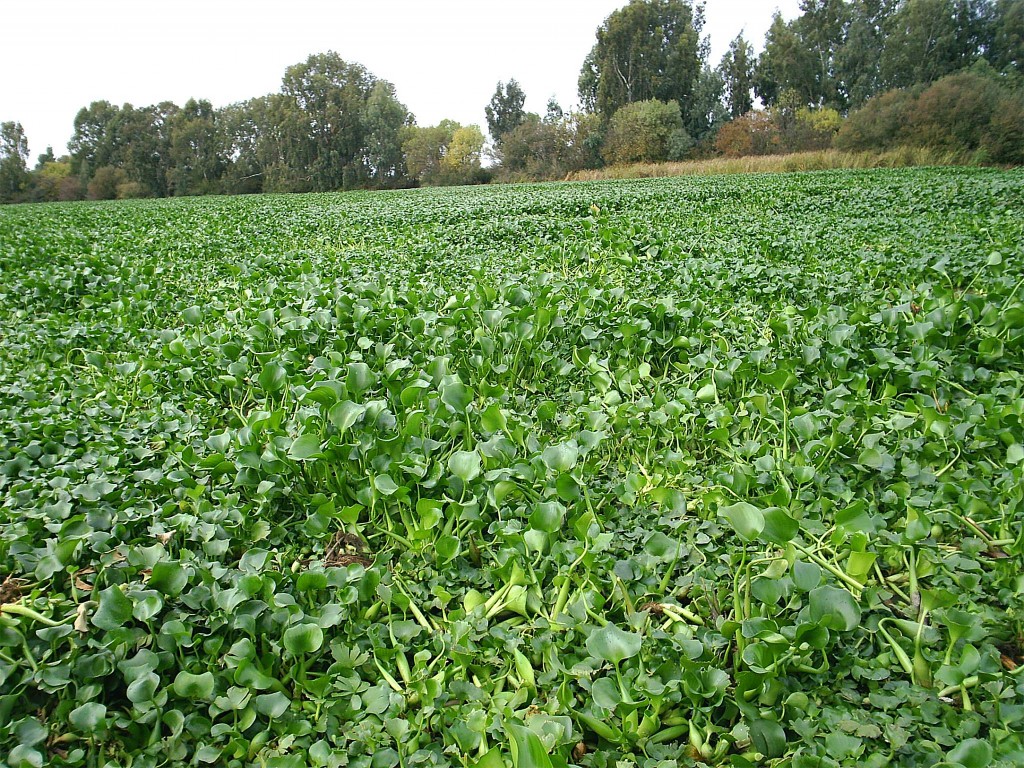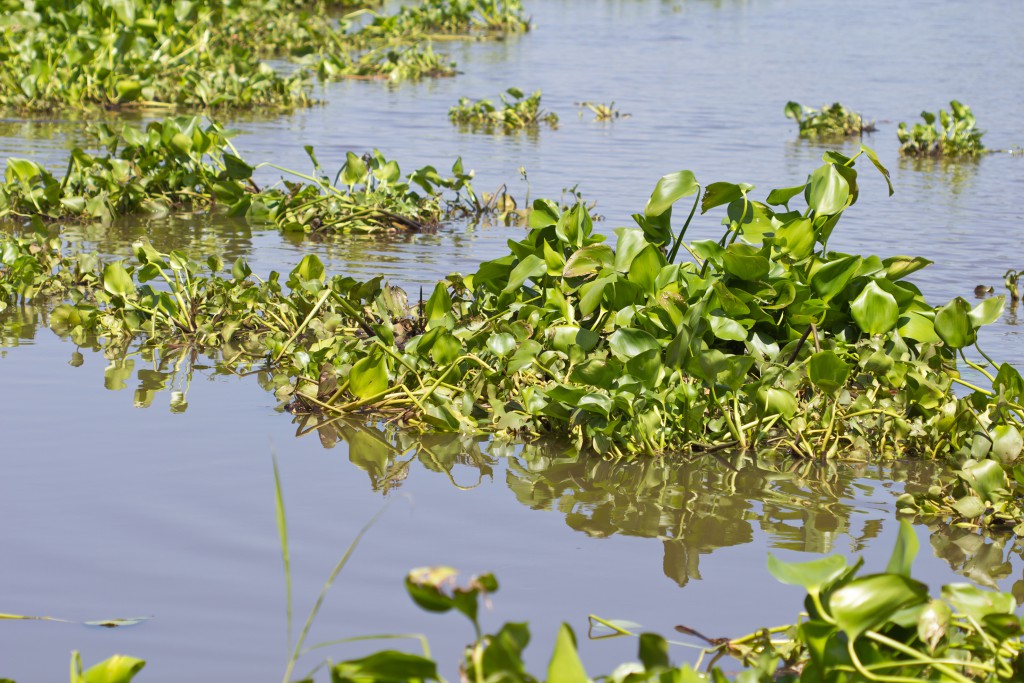
The water lily transformed from being a plague to the main ingredient of a biodegradable absorbent, which caters spills or leaks of hydrocarbons, oils and other industrial substances, both in solid surfaces such as concrete, asphalt, earth and rivers, said Jose Carlos Vargas Soto , CEO of the Mexican company TEMA.
The product is applicable to various industries, such as automotive, energy, mining and food sectors. The absorbent is marketed at different levels: in bulk for soil remediation and dispersion of hydrocarbons, while pillows and barriers were designed to attend to spills that solve the problem in a more practical way.
According to laboratory tests, a kilo of the product can absorb up to four liters of hydrocarbons, meanwhile analyzing their effectiveness with other substances such as oils or inks the product demonstrated its capacity increased to 20 fold.
When applying the powdered form on a solid surface, it is integrated with the hydrocarbon to form a conglomerate that allows easy handling. In the case of rivers or oceans, the absorbent is not used, but a dispersant that fractions pollution spots and facilitates remediation of the affected area, said the director of TEMA.
Ironically, even though the plant is a pest in rivers and disrupts production activities in the primary sector, its grinding or elimination by chemicals such as glyphosate cause decomposition of organic matter, reinstatement of contaminants, available oxygen depletion, changes in the environmental context and generation of greenhouse gases.
Therefore, the company implemented the mechanism of purification of the water lily, which oxidizes organic matter by bacteria associated with the root of the plant. This action favors oxygen transport, which facilitates the plant to absorb nitrogen.

Vargas Soto explained that to obtain the absorbent first the moisture is removed to use only biomass, drying and using a static drain and solar pre-drying. The next step is to withdraw foreign materials such as plastics and finally a very fine powder.

In Mexico there is significant presence of the water lily: it can be found in 28 states, in approximate 70 000 hectares in surface of lakes, ponds, reservoirs, rivers and canals. In the international context, it lives in 43 countries. The environmental cost of fighting it is a pollution problem because herbicides.
TEMA currently wants to industrially implement its product in seven cities of the country. There are also plans to make the technology transfer to the continent.
The company, which participated in the ADIAT Award for Technological Innovation 2014, has maintained a structure and coverage of action that facilitates the development of new products, such as a fiber-in remediation of polluted soils as a result of oil and granulated dispersants, useful product to address spills in fresh or sea water.
Source
AlphaGalileo, press release, 2015-06-01.
Share
Renewable Carbon News – Daily Newsletter
Subscribe to our daily email newsletter – the world's leading newsletter on renewable materials and chemicals









